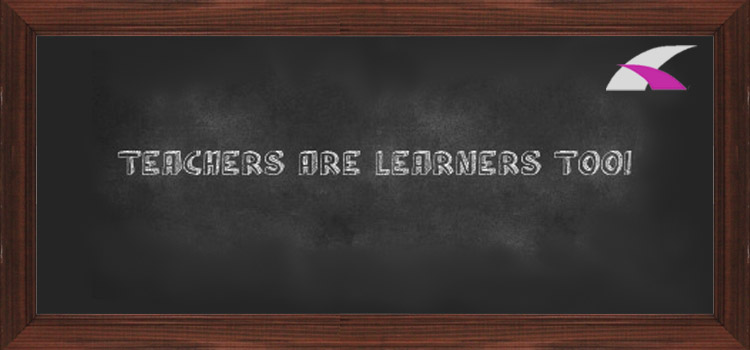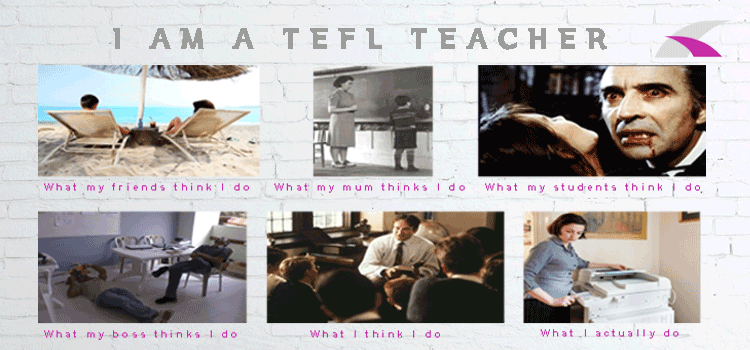Dealing with disruptive or difficult students
by Elena Riches
Whatever kind of teacher you are, be it a maths teacher, an art teacher or a teacher of karate, there will come a time when you will have problems managing your class/group of students and if you cannot find a way to do it effectively your students can become uninterested, unmotivated or quiet, and will seldom reach your desired goal...







